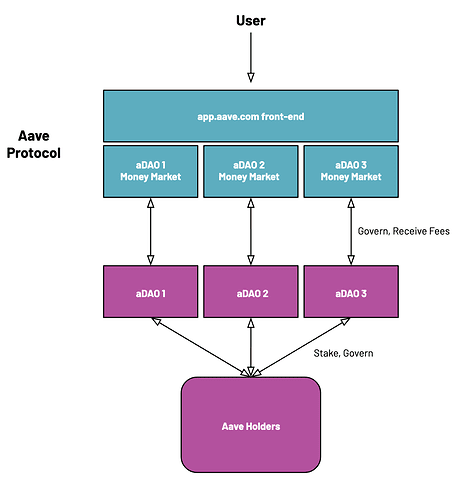Analysis AAVE tokens on Ethereum Mainnet
Decentralized finance or DeFi is making news everywhere in the crypto space for all the right reasons. Many new DeFi solutions are presenting exclusive counterparts to conventional financial services such as lending, borrowing, and trading. AAVE is one of the notable examples of DeFi solutions tailored for helping users in lending, borrowing, and earning interest on all crypto assets without any intermediaries.
As decentralized lending and borrowing protocol, Aave has gained considerable attention in the DeFi and crypto space recently. You must be interested in finding out more about Aave and its definition and background. The following discussion offers you a detailed impression of the fundamentals of the Aave protocol and its native token. You can find out the answer for “what is Aave” and how it works alongside an overview of its features.
Definition of Aave
One of the first things you would ask while learning about Aave is “what is Aave?” and the answer gives the perfect foundation to explore its fundamentals. It is a decentralized finance or DeFi protocol that enables people to lend and borrow cryptocurrency without the involvement of any decentralized intermediaries. Users can earn interest when they lend on the platform and pay interest upon borrowing.
Based on the Ethereum blockchain, Aave is basically an open source DeFi protocol featuring a system of smart contracts. The smart contracts support the management of all crypto assets by a distributed network of computers. Therefore, AAVE users don’t have to rely on a specific institution or individual for managing their funds. Users can trust only the fact that the code of the smart contracts will run as intended.
What is Aave Used For?
The definition of Aave presents a certain extent of clarity on the functionalities of Aave. However, many people want credible answers for “what is Aave used for?” and the responses extend beyond the simple tasks of lending and borrowing. At the most basic level, Aave software supports the development of lending pools. The lending pools can enable users to borrow or lend almost 17 different cryptocurrencies, including Ether, Brave Attention Token and MANA.
Borrowers have to post some form of collateral before borrowing on Aave, just like many other decentralized lending systems based on Ethereum. In addition, it is also important to note that borrowers can take a maximum loan of up to the value of collateral posted by them.

